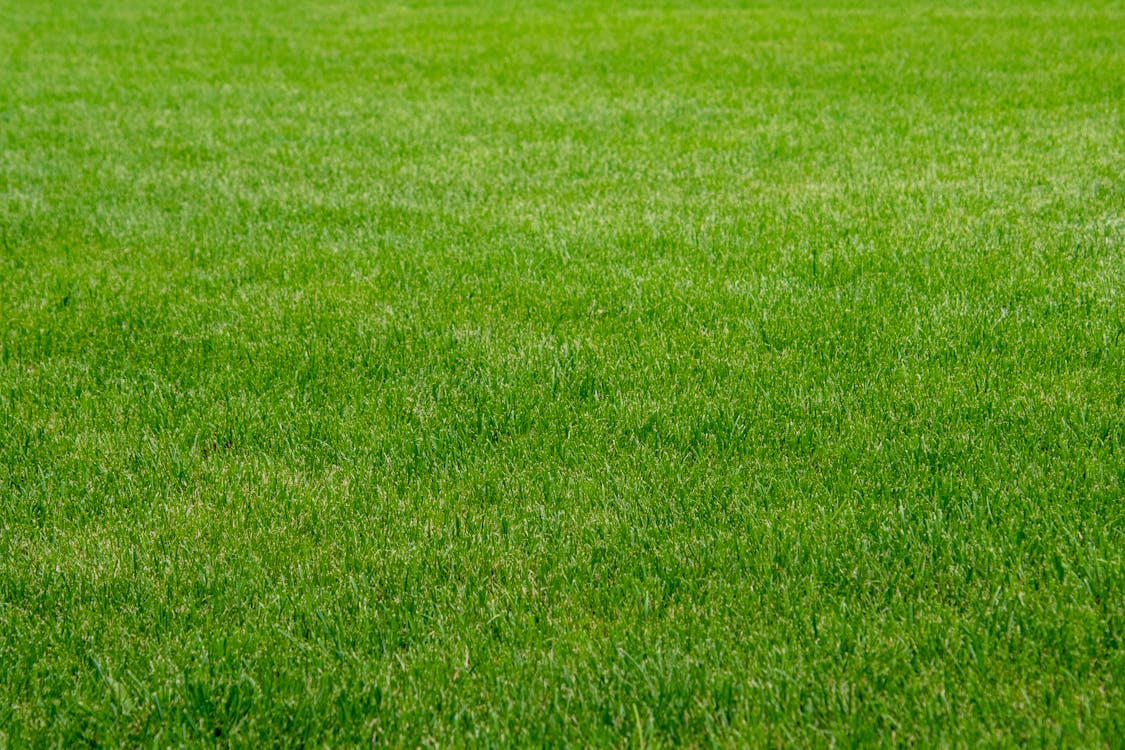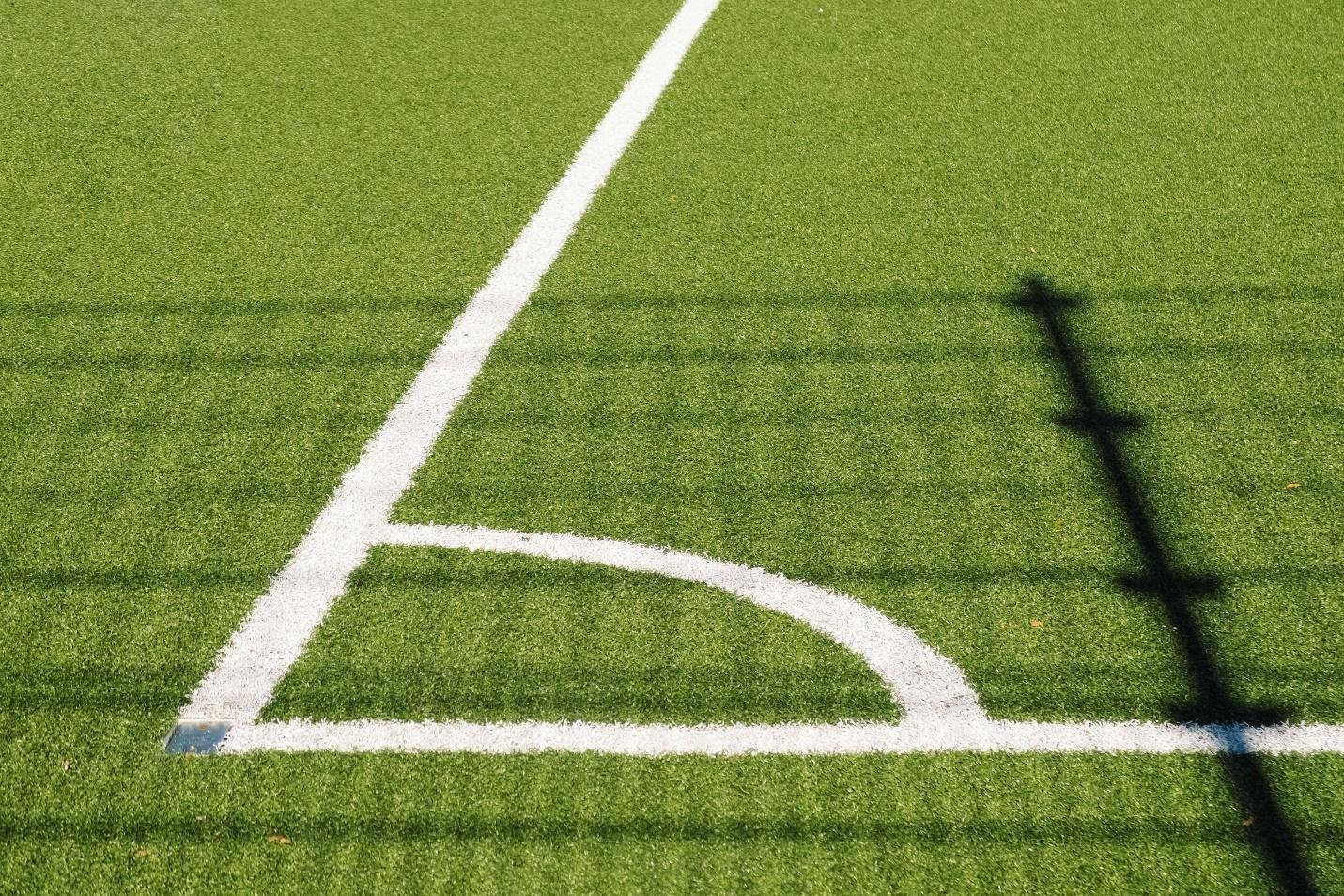As Canadians increasingly embrace artificial turf for their lawns, choosing the right turf fibre becomes a crucial decision. Beyond the aesthetics, the type of fibre used significantly impacts the turf’s durability, resilience, and overall performance.
In this guide, we’ll explore how to select the perfect artificial turf fibre for your Canadian lawn.
Factors to Consider When Choosing Artificial Turf for your Backyard

1. Understanding Turf Fibre Types
Artificial turf comes in various fibre types, each offering unique characteristics. The most common types include polyethylene (PE), polypropylene (PP), and nylon. Polyethylene is renowned for its natural look and feel, making it a popular choice for residential lawns. Polypropylene, more affordable but less soft, is often used in low-traffic areas. Nylon, known for its exceptional resilience, suits high-traffic locations such as sports fields.
2. Considering Pile Height for Aesthetic Appeal
Pile height refers to the length of the turf fibres. The choice of pile height depends on personal preference and the desired aesthetic for your lawn. Shorter piles (around 1.5 to 2 inches) provide a manicured look, resembling well-maintained natural grass. Longer piles (3 inches or more) deliver a lush, luxurious appearance, ideal for larger properties seeking a more extravagant landscape.
3. Weight and Density: Balancing Durability and Softness
Weight and density are crucial factors influencing the turf’s durability and softness. Heavier turfs with high fibre density tend to be more resilient and long-lasting. However, softer turfs with lower density can be more comfortable underfoot. Balancing these factors depends on the intended use of your lawn. For high-traffic areas, prioritize weight and density, while residential lawns may benefit from a softer, more comfortable feel.
4. Infill Options for Stability and Cooling
Infill is the material brushed into the turf to stabilize the fibres and provide additional support. Popular infill materials include silica sand, rubber granules, and organic infills. Silica sand is ideal for stability, rubber granules add cushioning, and organic infills enhance cooling. The choice of infill depends on factors such as budget, desired playability, and climate considerations, especially in Canadian regions with varying temperatures.
5. Climate Considerations: UV Resistance and Drainage
Canadian lawns endure diverse weather conditions, from freezing winters to scorching summers. Opt for artificial turf fibres with UV-resistant properties to prevent color fading and maintain vibrancy over time. Additionally, prioritize turfs with efficient drainage systems to cope with rain and snow, preventing waterlogging and ensuring a consistently pristine appearance.
Final Thoughts
Choosing the right artificial turf fibre for your Canadian lawn involves thoughtful consideration of various factors, including fibre type, pile height, weight, density, yarn shape, infill options, and climate resilience. By understanding your preferences and lawn usage, you can make an informed decision that ensures a lush, resilient, and aesthetically pleasing landscape.
Choose the Artificial Turf Fit for Your Needs with a Consultation from Turrific Turf
Transform your outdoor space with Turrific Turf, the leading landscaping company in Windsor and Essex. Our expert team specializes in artificial grass installation and curbing. Schedule a consultation today to discover the perfect turf products and innovative landscape design for your unique needs. Your dream backyard awaits!


